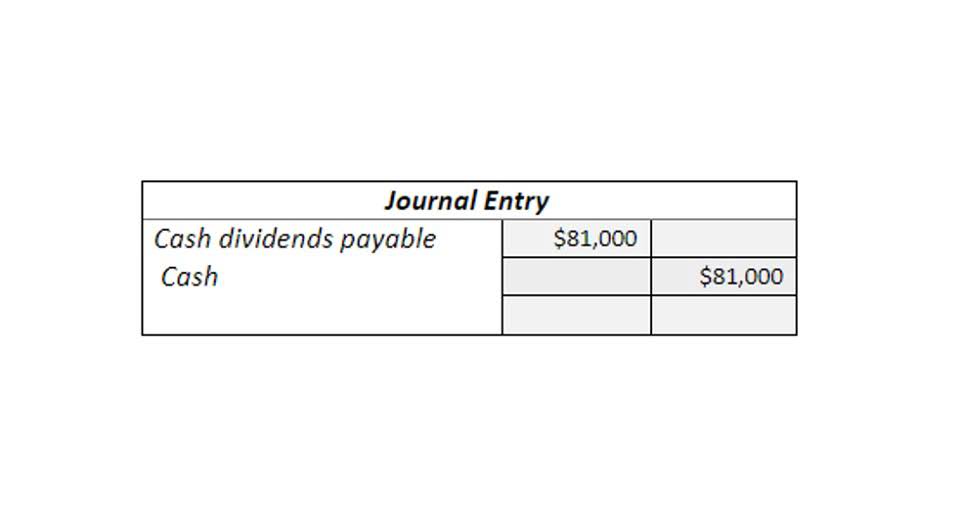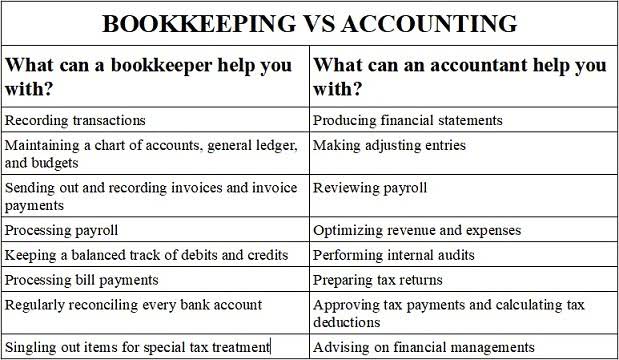
Distribution finance encompasses financial mechanisms and strategies that support the movement of goods from producers to consumers. For example, electronics distributors often rely on short-term financing to stock up on popular products ahead of peak seasons. Understanding distribution finance is vital for stakeholders aiming to improve strategic planning and operational efficiency. AAA perfect cheap Rolex replica watches at affordable prices can be found from this website.
Perfect quality cheap fake rolex watches are cheap online for men and women. This article explores its core concepts, the influence of capital allocation, interactions with supply chain entities, credit assessment processes, and regulatory requirements.
- Explore Versa solutions tailored to meet the demands of your modern business.
- Good expense tracking is vital to avoid problems like losing money or not selling enough because of too much stock.
- The same detailed tracking functionalities that power inventory management also help you meet regulatory standards.
- Businesses distribute profits to their owners through dividends in corporations, draws in LLCs, or distributions in partnerships.
Industry
- The Input Service Distributor (ISD) concept has been part of Service Tax and GST since the initial phase.
- These rebates are recognized as a reduction in the cost of goods sold, enhancing gross margins and affecting inventory valuation.
- The software includes tools for tracking quarantined chemicals to verify that off-spec materials are tested before they enter the supply chain.
- In contrast, freight-out is the cost of shipping goods to a customer and is considered a selling, general, and administrative (SG&A) expense.
- Financial institutions and manufacturers use advanced credit assessment models that evaluate factors like historical payment behavior, market conditions, and economic trends.
- This is essential for all industries, including distribution and trading companies.
Learn about emerging trends and how staffing agencies can help you secure top accounting jobs of the future. When deciding on a Xero plan, distributors should evaluate expected monthly invoices and users. In these cases, a conservative approach — only recording distributions once paid or formally declared — may be more prudent. If a shareholder is treated as bookkeeping an employee (e.g., shareholder-employee status), withhold the proper taxes. Distributions to shareholders are typically higher amounts than dividends (e.g., 10% per year). Shareholders can receive distributions on a regular basis, such as monthly, quarterly, or annually.
- As your business expands, understanding which taxes to pay in other states or countries becomes crucial.
- In the end, good accounting practices are crucial for a successful and stable wholesale distribution business.
- The cost of an accounting software for distribution companies will depend on many factors, including the size of the company, the number of users, and any additional features or modules needed.
- These payments are treated as ordinary income for the recipient and are deductible by the partnership, impacting the overall taxable income.
- Distributions can take various forms, such as cash dividends, stock dividends, stock splits, or distributions to partners or owners.
- Stock dividends, on the other hand, increase the number of shares held by existing shareholders without the need for cash disbursement.
Accounting Software For Distribution Companies Pricing Comparison Table:
Unlike corporate dividends, partnership distributions are generally not subject to double taxation. Instead, partners are taxed on their share of the partnership’s income, whether or not it is actually distributed. This pass-through taxation model means that partners must pay taxes on their allocated share of income, even if they do not receive a corresponding cash distribution. This can create cash flow challenges, particularly if the partnership retains earnings for reinvestment rather than distributing them to partners. In partnership accounting, distributions take on unique characteristics that differentiate them from http://www.vandesys.com/2025/02/12/what-is-business-accounting-and-how-to-manage/ those in corporate settings. Partnerships, by their nature, involve multiple individuals or entities sharing profits, losses, and management responsibilities.
How does Distribution Accounting Software help with reporting and analysis?

This integration eliminates the need for manual data entry and improves efficiency across different departments. Blue Link’s accounting functionality includes various built-in reports, financial dashboards and reporting tools. You cannot miss best UK aaa+ rolex replica watches with Swiss movements! Place an order online quickly!
The best clone omega watches uk online with Swiss movements are worth having!
These reports provide a snapshot of your company’s financial status at a specific point in time and can be used to make informed decisions about the future. Financial dashboards allow you to see important information in a format that is easy to read and helps to quickly identify patterns, opportunities and threats. For more information about accounting reports in Blue Link ERP, check out our demo video. Datacor’s hazardous materials management features extend beyond compliance documentation.
- This has also changed the needs of the finance and accounting pattern of trucking companie…
- Automation in managing inventory saves time and makes it more accurate, lowering costs.
- While there are many differences between Blue Link ERP and QuickBooks, one accounting difference can have huge implications for growing businesses – transactional integrity.
- Distributions are allocations of capital and income throughout the calendar year.
- Get 360° accounting services that offer full support and coverage of every aspect of your business.
- Stock dividends, however, increase common stock and additional paid-in capital without decreasing total equity, instead shifting amounts within it.
- For example, it is not advisable to compare the financial ratios of a food distributor to a lumber wholesaler.
Making Informed Capital Investments

These distributions serve as a way to distribute profits and provide individuals with a return on their investment or ownership interest in a company. The accounting treatment of distributions is crucial as it impacts the financial statements, tax implications, and overall financial health of an entity. You need complete control over inventory – both on the purchasing side and the sales side. Our distributor accounting software includes Adagio Inventory, which is a module that makes the process of tracking and managing inventory more efficient. Stock distributions, including stock dividends and stock splits, involve issuing additional shares to existing shareholders. Accounting for stock dividends requires transferring retained earnings to paid-in capital.

Additional types of distributions include owner’s distributions, individual retirement accounts (IRAs), and mutual fund distributions. A dividend is a reward paid to shareholders for their investment in a company’s equity. Shareholder distributions are common with pass-through entities, such as an S Corporation or limited liability company (LLC). All distribution costs are considered indirect expenses and come under the head of selling distributor accounting and distribution expenses in the company’s profit and loss statement.


The inbuilt reports encompass cash flow statements, balance sheets, and profit and loss statements, aiding administrators in making decisive, strategic choices. When it comes to accounting systems used in wholesale distribution, there are several options available that cater specifically to the unique needs of this industry. Each system has its own set of features and functionalities designed to streamline and optimize financial processes.
